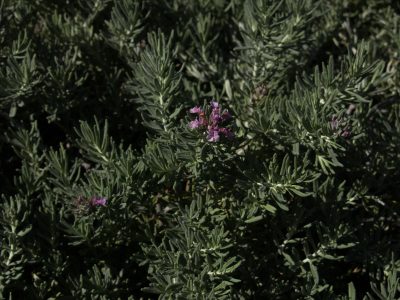My seeds are dying in new raised bed vegetable gardens. What’s wrong?
It’s all about the water! Many of us build raised beds when we’re on heavy clay soil, on rocky sites or just to separate them from other parts of the garden. We fill them with top soil/organic mixes. That’s all fine, but there are a few key adjustments to be made, right from the start.
When we purchase soil mixes, they’re likely almost completely dry. So when we fill our beds with them, they’ll have no capacity to hold water until we mix them. This will normally take several days, adding water, then mixing, then adding water and mixing again, until the soil is uniformly moist.
It’s not a bad thing to have lots of organic matter in this mix, but once organic matter becomes completely dry, it’s very difficult to get it moistened again. So a big mistake that many gardeners make is building the bed and planting right away, then starting a watering regime. If that’s the case, most of the water added to the soil will drain right through in little rivulets, providing almost no moisture to your new little seedlings. And with very little root mass, seedlings can’t stay dry for too long.
So this combination sets up a situation of almost certain failure, leading many people to wonder just what exactly is going on. We tend to imagine: terrible hordes of invisible insects, or horror of horrors, a soil-borne disease. But those are not usually the case.
So if you’ve had this trouble, go out and dig around in your garden bed. If there are pockets of dusty soil, do some good mixing and try again.








 Kathleen Lorsbach
Kathleen Lorsbach Mary Irish
Mary Irish Daphne Richards
Daphne Richards
 John Dromgoole
John Dromgoole